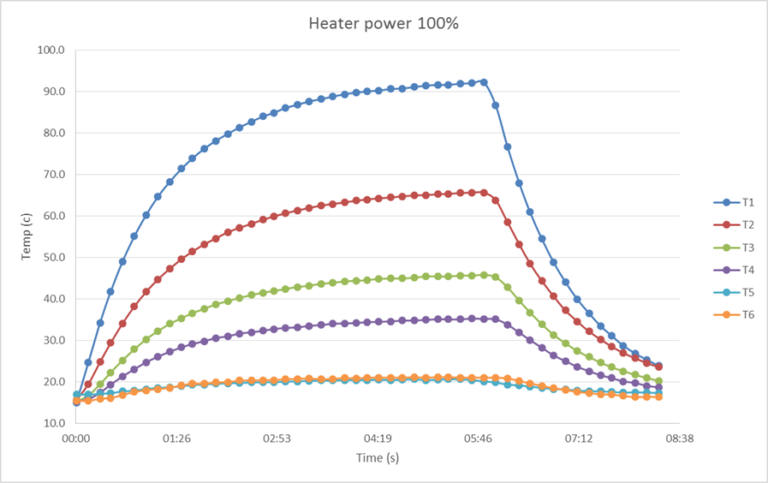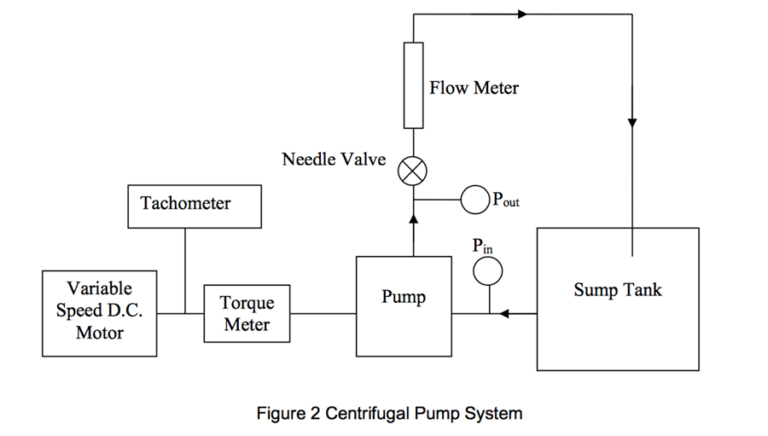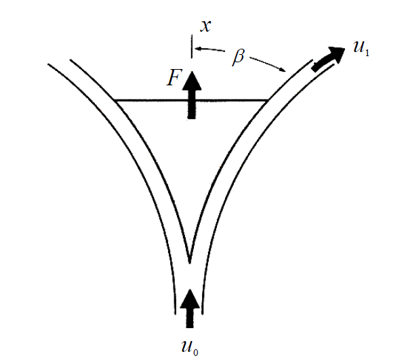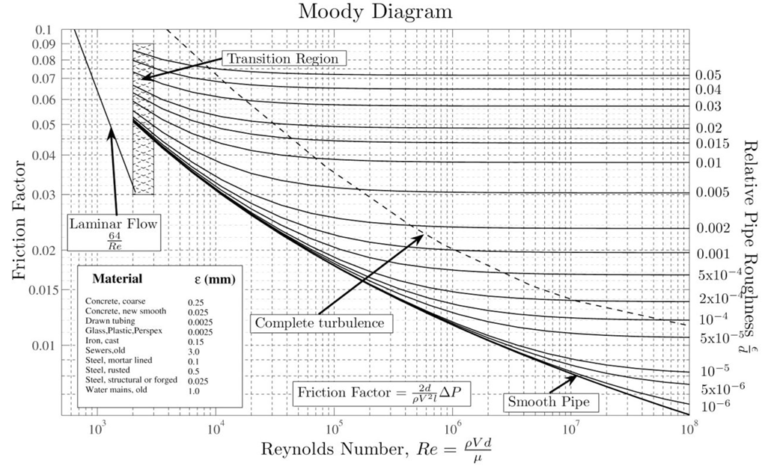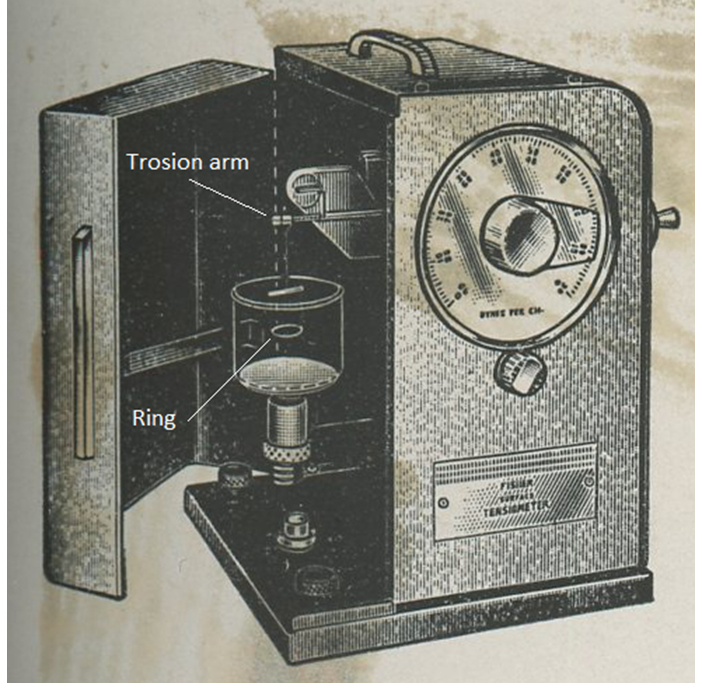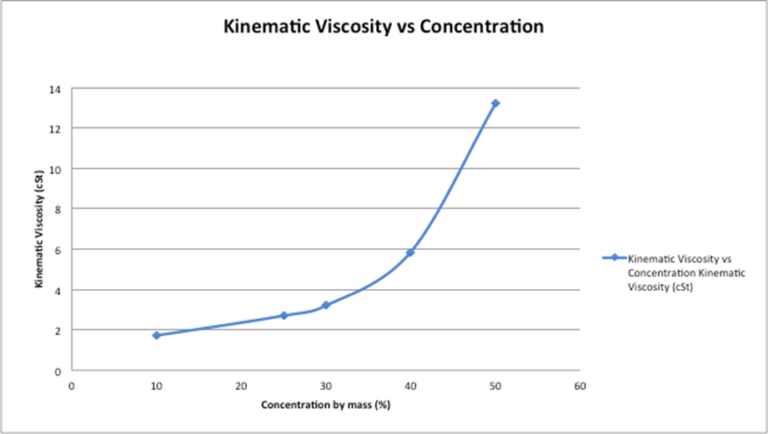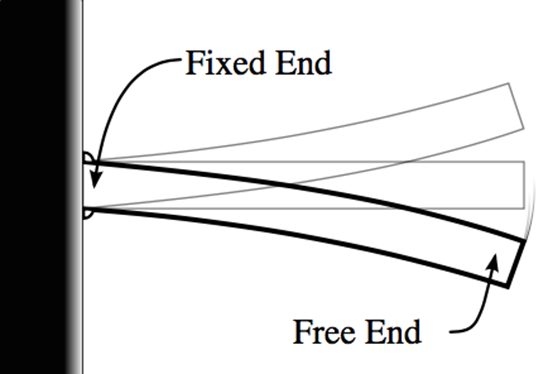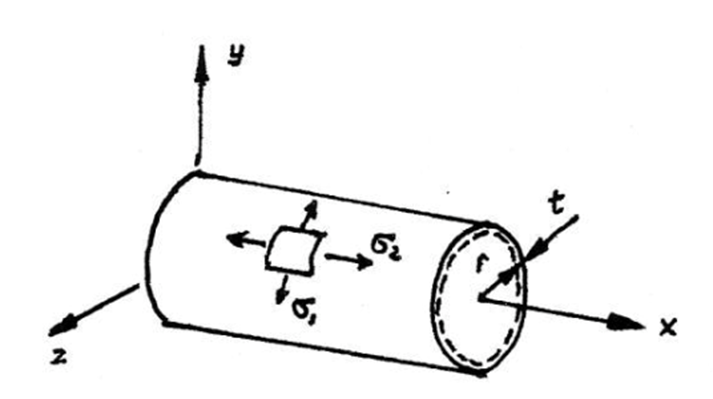Radial Heat Conduction Lab Experiment
Abstract The purpose of this lab was to determine the thermal conductivity k of the disk material by measuring the temperature distribution for transient and steady-state heat conduction in a cylindrical wall. To conduct this experiment cooling water was pumped though the HT10X Heat Transfer service Unit at approximately 1.5 liters/min. Initially the heating power…

